Great Snipe
Posted: Fri Jan 04, 2013 11:01 pm
285. Great Snipe Gallinago media Dubbelsnip
Order: Charadriiformes. Family: Scolopacidae
Description
26–30 cm in length and a 42–50 cm wingspan. The bulky great snipe has brown, patterned plumage, with extensive dark barring on the white underside. The wings are broad, and a pale wingbar is visible in flight. The feathers at the leading edge of the wing have bold, white tips, and the corners of the tail are also white. The long, pointed, two-toned bill has a slight droop towards the tip. They have a dark stripe through the eye.
Females are, on average, significantly larger than male great snipes, but their plumage is very similar. The only place where they do differ is in the tail, with males generally possessing longer tails with a greater amount of white.
Similar species: May be confused with African Snipe which has white on the belly, not the buffy wash overlaid with dark barring. It differs further by having a shorter bill and the white tail tip and the white outer tail feathers (those of the African Snipe are barred).
Distribution
Gallinago media breeds primarily in Russia, east to 95°E, in Belarus and Norway. It also breeds in Poland, Finland, Sweden, Estonia, Latvia, Lithuania, Ukraine and Kazakhstan.
From early August, it migrates through central Asia, central and south-eastern Europe Tunisia and Egypt, with birds gathering in wet high-plateau grasslands in Ethiopia. When these dry out in October, birds follow the rains south and west to Sudan, South Sudan, Chad, Burkina Faso, Mali, Mauritania, Senegal, Sierra Leone, Liberia, Côte d'Ivoire, Ghana, Togo, Benin, Nigeria, Cameroon, Gabon, Congo, Democratic Republic of Congo, Kenya, Uganda, Rwanda, Burundi, Tanzania, Malawi, Zambia, Zimbabwe, Mozambique, South Africa, Angola and Namibia.
Habitat
While breeding, the great snipe has fairly specific habitat requirements and requires a habitat rich in invertebrates with some scrub cover. It usually occurs in wide river valleys, meadows, peatland, tundra with scattered bushes and, less often, woodland adjacent to marshes or bogs. Outside of the breeding season, the great snipe frequents wetland areas, including marshlands and short grass or sedges on lake edges or in flooded fields. It is also found in drier habitats such as moorland, sand dunes, tracks in wooded areas, in plough furrows and occasionally at puddles on dirt roads or in old cultivation.
Movements and migrations
In early August, after the breeding season, great snipes leave their European breeding grounds and begin the impressive migration to sub-Saharan Africa. Most birds arrive in southern Africa in November, occasionally earlier in September and October, staying until March before heading back to its Eurasian breeding grounds.
Diet
In Europe it mainly eats annelid worms, insect larvae, small molluscs and crustaceans, doing most of its foraging by probing for invertebrates in soft mud, often at sports fields, marshes, plough furrows and puddles on dirt roads.
Breeding
It breeds from mid-May to early-July and nests solitarily, although it has a polygamous mating system. The female is solely responsible for building a nest, incubating the eggs and caring for the young. The nest is a shallow depression with a slight lining of grass or moss. It is situated on the ground or on grassy tussocks in swamps. It is often completely concealed in thick vegetation but may be fairly exposed. An average of four eggs are laid and incubated for 22 to 24 days. The young become independent at 21 to 28 days of age, immediately after fledging.
Call
Generally silent, but may croak when put to flight.
Status
Rare summer visitor. The Great Snipe is classified as Near Threatened (NT) on the IUCN Red List.
Order: Charadriiformes. Family: Scolopacidae
Description
26–30 cm in length and a 42–50 cm wingspan. The bulky great snipe has brown, patterned plumage, with extensive dark barring on the white underside. The wings are broad, and a pale wingbar is visible in flight. The feathers at the leading edge of the wing have bold, white tips, and the corners of the tail are also white. The long, pointed, two-toned bill has a slight droop towards the tip. They have a dark stripe through the eye.
Females are, on average, significantly larger than male great snipes, but their plumage is very similar. The only place where they do differ is in the tail, with males generally possessing longer tails with a greater amount of white.
Similar species: May be confused with African Snipe which has white on the belly, not the buffy wash overlaid with dark barring. It differs further by having a shorter bill and the white tail tip and the white outer tail feathers (those of the African Snipe are barred).
Distribution
Gallinago media breeds primarily in Russia, east to 95°E, in Belarus and Norway. It also breeds in Poland, Finland, Sweden, Estonia, Latvia, Lithuania, Ukraine and Kazakhstan.
From early August, it migrates through central Asia, central and south-eastern Europe Tunisia and Egypt, with birds gathering in wet high-plateau grasslands in Ethiopia. When these dry out in October, birds follow the rains south and west to Sudan, South Sudan, Chad, Burkina Faso, Mali, Mauritania, Senegal, Sierra Leone, Liberia, Côte d'Ivoire, Ghana, Togo, Benin, Nigeria, Cameroon, Gabon, Congo, Democratic Republic of Congo, Kenya, Uganda, Rwanda, Burundi, Tanzania, Malawi, Zambia, Zimbabwe, Mozambique, South Africa, Angola and Namibia.
Habitat
While breeding, the great snipe has fairly specific habitat requirements and requires a habitat rich in invertebrates with some scrub cover. It usually occurs in wide river valleys, meadows, peatland, tundra with scattered bushes and, less often, woodland adjacent to marshes or bogs. Outside of the breeding season, the great snipe frequents wetland areas, including marshlands and short grass or sedges on lake edges or in flooded fields. It is also found in drier habitats such as moorland, sand dunes, tracks in wooded areas, in plough furrows and occasionally at puddles on dirt roads or in old cultivation.
Movements and migrations
In early August, after the breeding season, great snipes leave their European breeding grounds and begin the impressive migration to sub-Saharan Africa. Most birds arrive in southern Africa in November, occasionally earlier in September and October, staying until March before heading back to its Eurasian breeding grounds.
Diet
In Europe it mainly eats annelid worms, insect larvae, small molluscs and crustaceans, doing most of its foraging by probing for invertebrates in soft mud, often at sports fields, marshes, plough furrows and puddles on dirt roads.
Breeding
It breeds from mid-May to early-July and nests solitarily, although it has a polygamous mating system. The female is solely responsible for building a nest, incubating the eggs and caring for the young. The nest is a shallow depression with a slight lining of grass or moss. It is situated on the ground or on grassy tussocks in swamps. It is often completely concealed in thick vegetation but may be fairly exposed. An average of four eggs are laid and incubated for 22 to 24 days. The young become independent at 21 to 28 days of age, immediately after fledging.
Call
Generally silent, but may croak when put to flight.
Status
Rare summer visitor. The Great Snipe is classified as Near Threatened (NT) on the IUCN Red List.

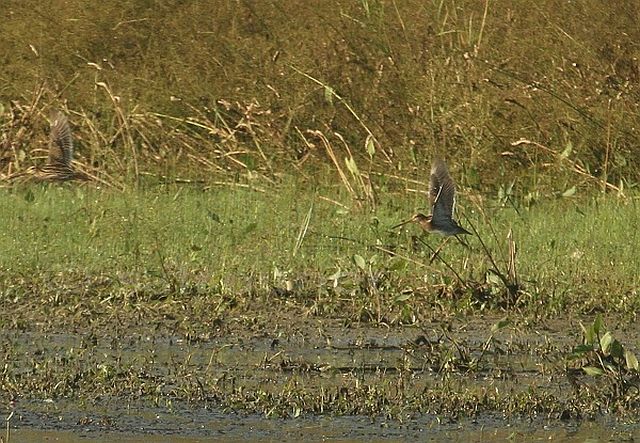
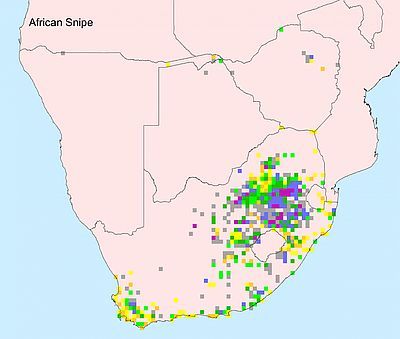
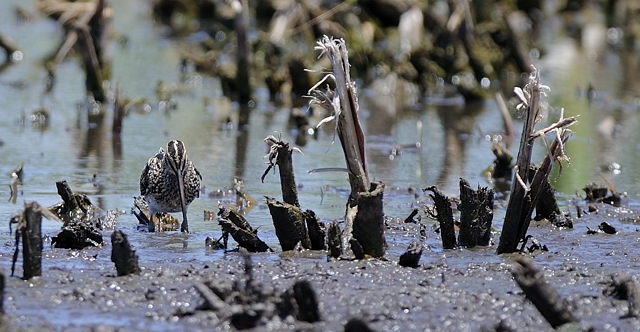 © Dewi
© Dewi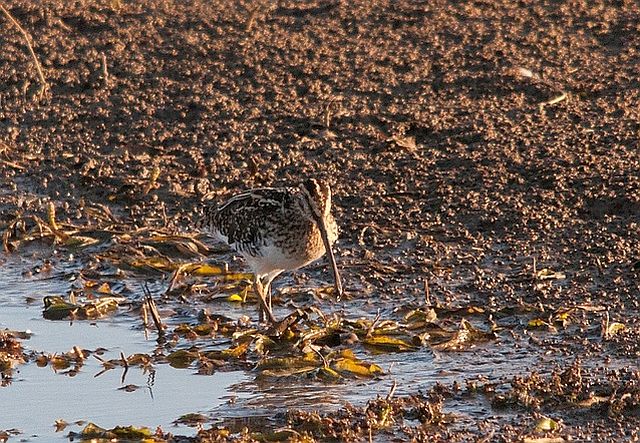 © Joan
© Joan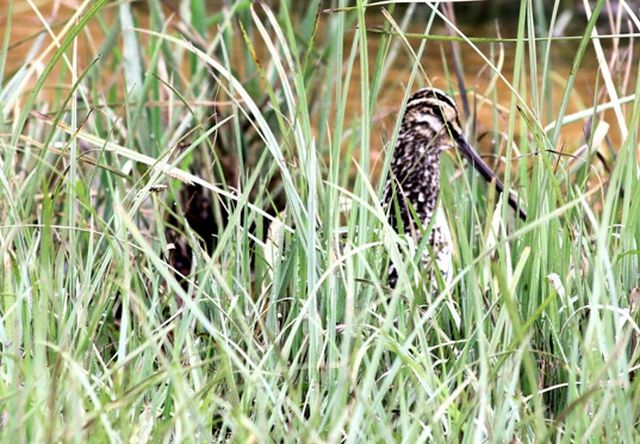 © Amoli
© Amoli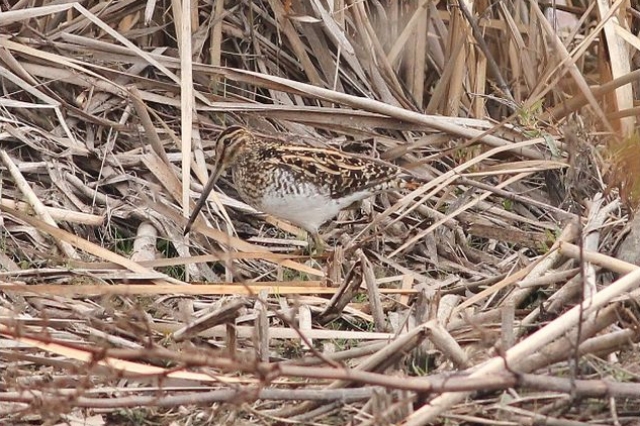 © Amoli
© Amoli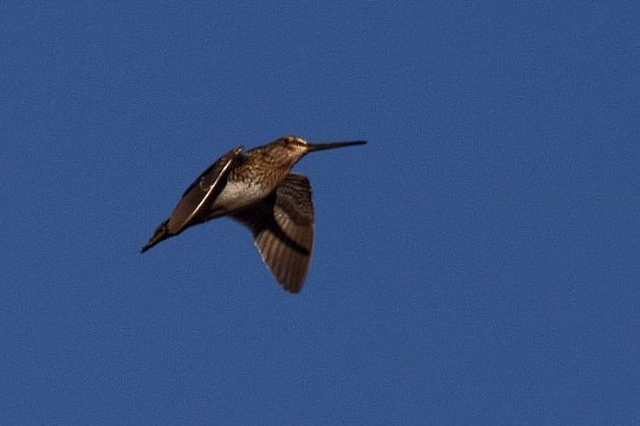 © Duke
© Duke © BluTuna
© BluTuna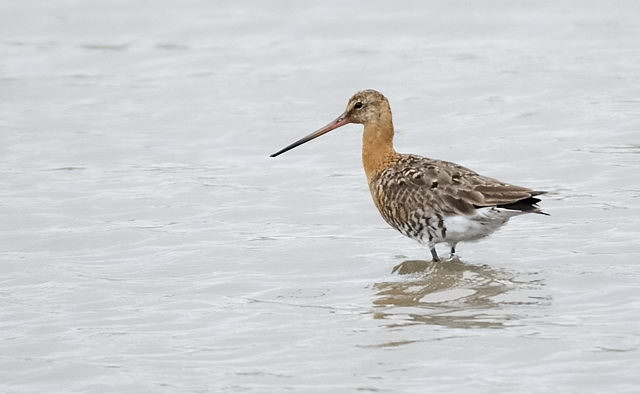

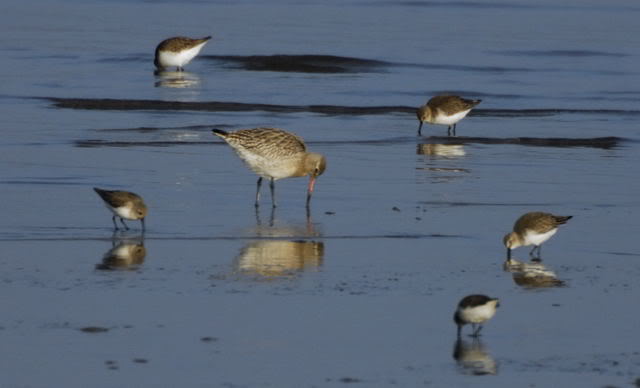
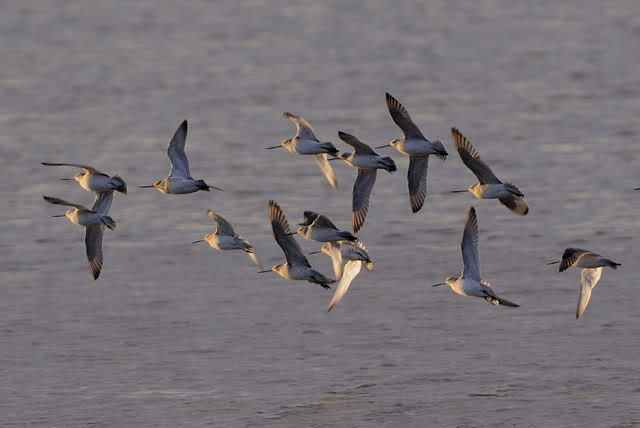
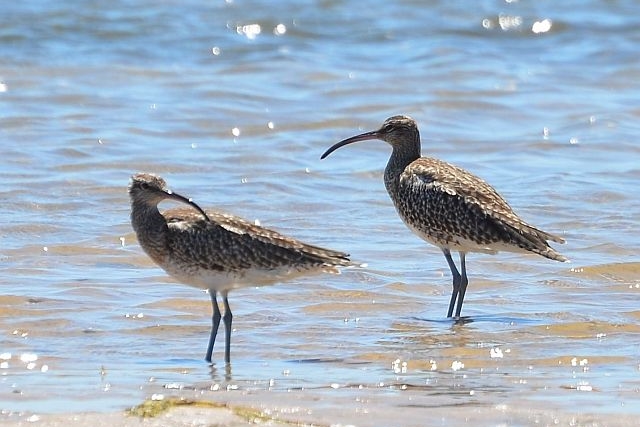 © Grumpy
© Grumpy
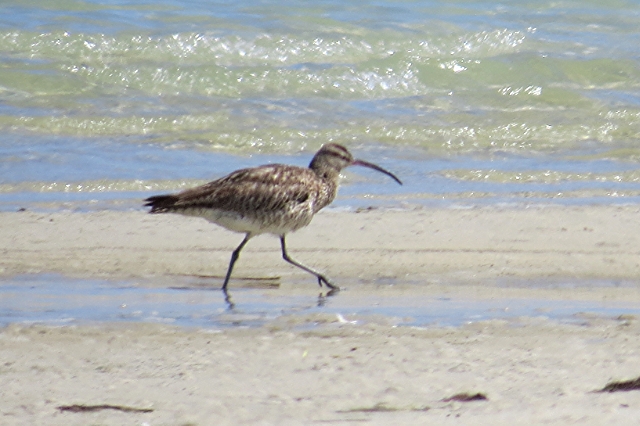 © Tina
© Tina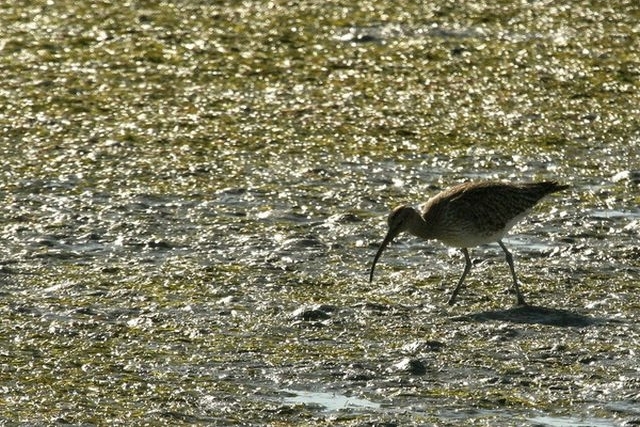 © nan
© nan © Peter Connan
© Peter Connan